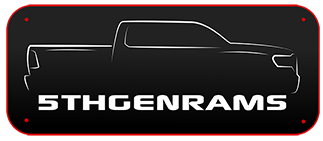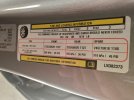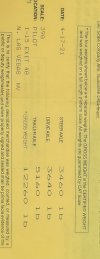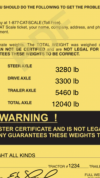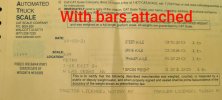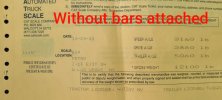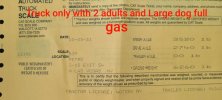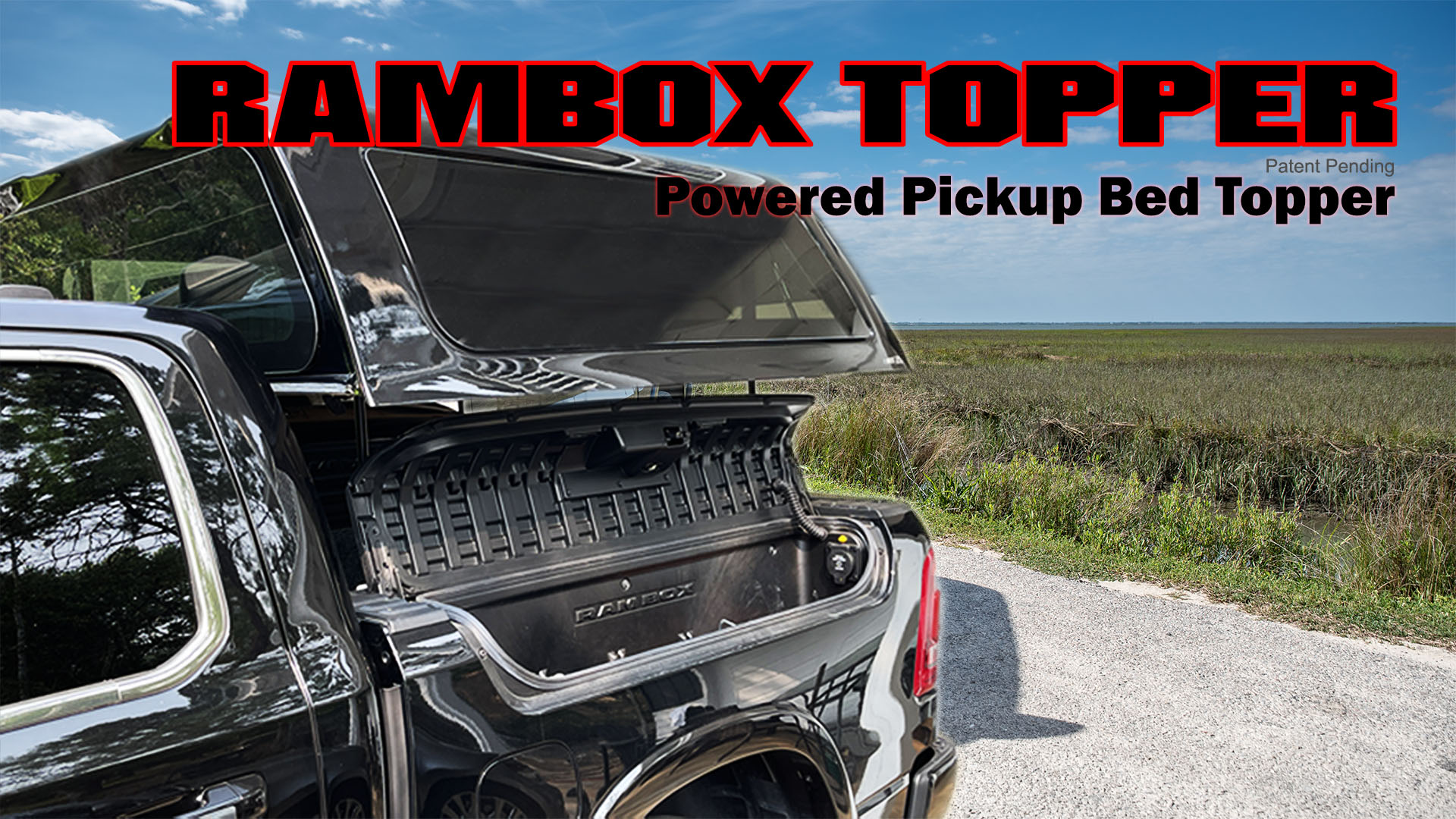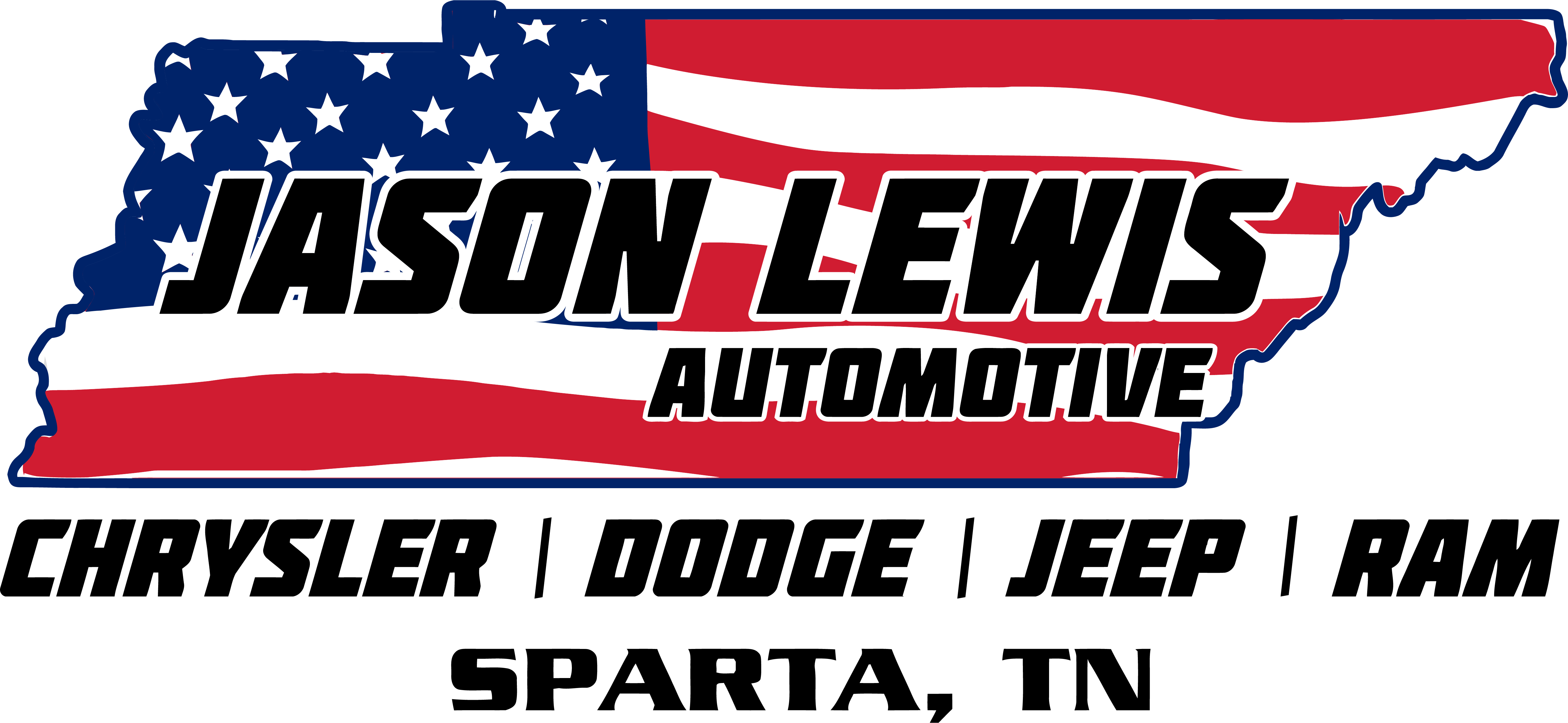Joecameron
Using WDH

Largely replaced unloaded steer weight.

Loaded weight 7100 less unloaded weight of 6420 equals tongue weight of 780 pounds (Use this method because tongue weight is dynamic not static when using a WDH)
780 plus 5160 equals 5960 gross trailer weight. 780/5940 equals 13.1 percent tongue percentage.

These number tell me this setup will tow with stability not sway and stop well. How do I know? Daily experience towing TTs for the Mfgrs to dealerships nationwide 7 years 800,000 miles. But also meets all Mfgr specs which meets SAE society of automotive engineers J2807 standards.
What does the 7100 GVW tell me? Only that the cover the Mfgrs butt warranty lawyers have nothing to work with should he need warranty work.
If it was a commercial vehicle potentially extra money for the state.
What if he added more passengers? Technically though perhaps not measurably the truck would be more stable but take longer to stop.
What if he added more passengers and wanted to stay at or below 7100 for warranty concerns? He can adjust his WDH and or trailer and truck loading to lower his tongue weight.
At 10 percent (minimum recommended) or 600 pounds tongue weight he would free up another 180 pounds of available payload towards his GVWR.
What if he was gravely concerned about adhering to 7100 but wanted to add still more passengers and had nothing to remove from inside his bed? To me this gets a bit foolish. As far as DOT is concerned if he isn't exceeding either axle weight ie his combined max axle weight of 8,000 its only about revenue. However he could replace the tailgate with a net and relocate the spare to the trailer. This would free up another 120 pounds of payload most of which would come off his drive axle weight. Honestly I have no idea why so many people got so focused on payload. I guess because it's normally the first spec to be exceeded even though the first priority should be setup for safety and stability.
Hope you had a great trip. Let us know how she towed Joe.
